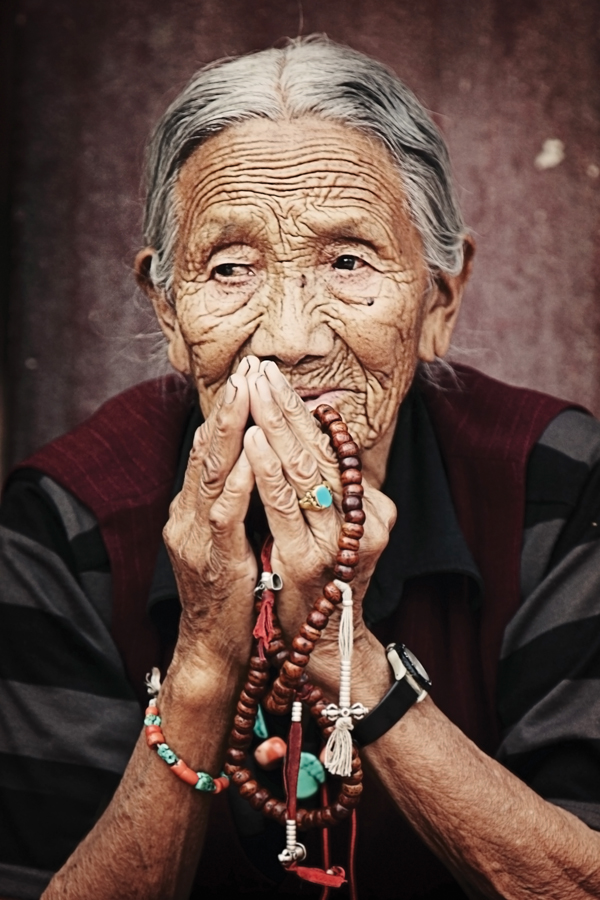WHAT WILL YOU KNOW?
- Why is death a topic of hope, not despair?
While reactions to death vary according to a large number of variables, themes of hope emerge in many ways after the loss of a loved one: hope in some kind of life after death, hope that the world was made better because someone lived, hope that the death occurred for a reason or that meaning can be found in the passing, and hope among the survivors to make the most of the lives they are still living.
- What is the difference between a good death and a bad one?
While ideas about a good death are created by a culture, it is generally considered to be one that is peaceful, quick, at the end of a long life, in familiar surroundings, surrounded by family and friends, and without pain, confusion, or discomfort. A bad death would be the opposite, namely to die alone and without consciousness, removed from loved ones.
- How does mourning help with grief?
Grief splinters people into jumbled pieces, making them vulnerable. Mourning reassembles them, making them whole again and able to rejoin the larger community. Mourning honors the dead with public and/or ritualistic expressions of grief that help mourners move from loss to reaffirmation. Mourners participate in religious practices, create memorials, stage protests, and partake in other acts that foster connection with others and allow for a positive remembrance of the deceased.
A nearby hospital (St. Vincent’s) closed two years ago, the victim of budget cuts. Six other hospitals have been shuttered this year in New York City for the same reason. St. Vincent’s closure struck the local community hard—
Why did that slap happen? The editor said his wife died recently in a Bronx hospital, and if St. Vincent’s were still open, “I could have walked two blocks and spent time with her through the last hours of her life” (Taylor, 2013, p. A-
That editor is not the only irrational one. When Joan Didion’s husband died, she experienced a “year of magical thinking,” including keeping his shoes in the closet because he would need them if he came back (Didion, 2005). Mourners are not always logical.
This chapter acknowledges the emotions that accompany a death, and helps us understand dying, death, grief, and bereavement. We can expect powerful feelings to surface; hopefully they can be directed toward help for the living. Tears yes; slaps, no. There is hope in death, choices in dying, and affirmation in mourning, as the three sections of this chapter describe.
